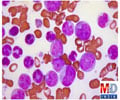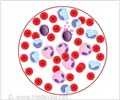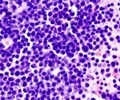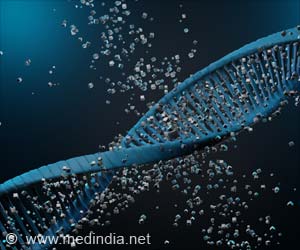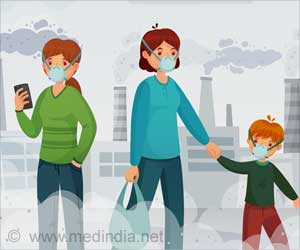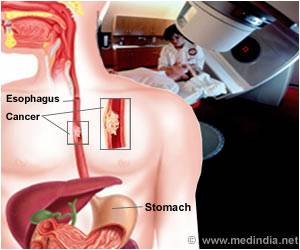Low levels of radon gas are linked to a higher risk of childhood leukemia, stated a new study emphasizing the need for immediate action.
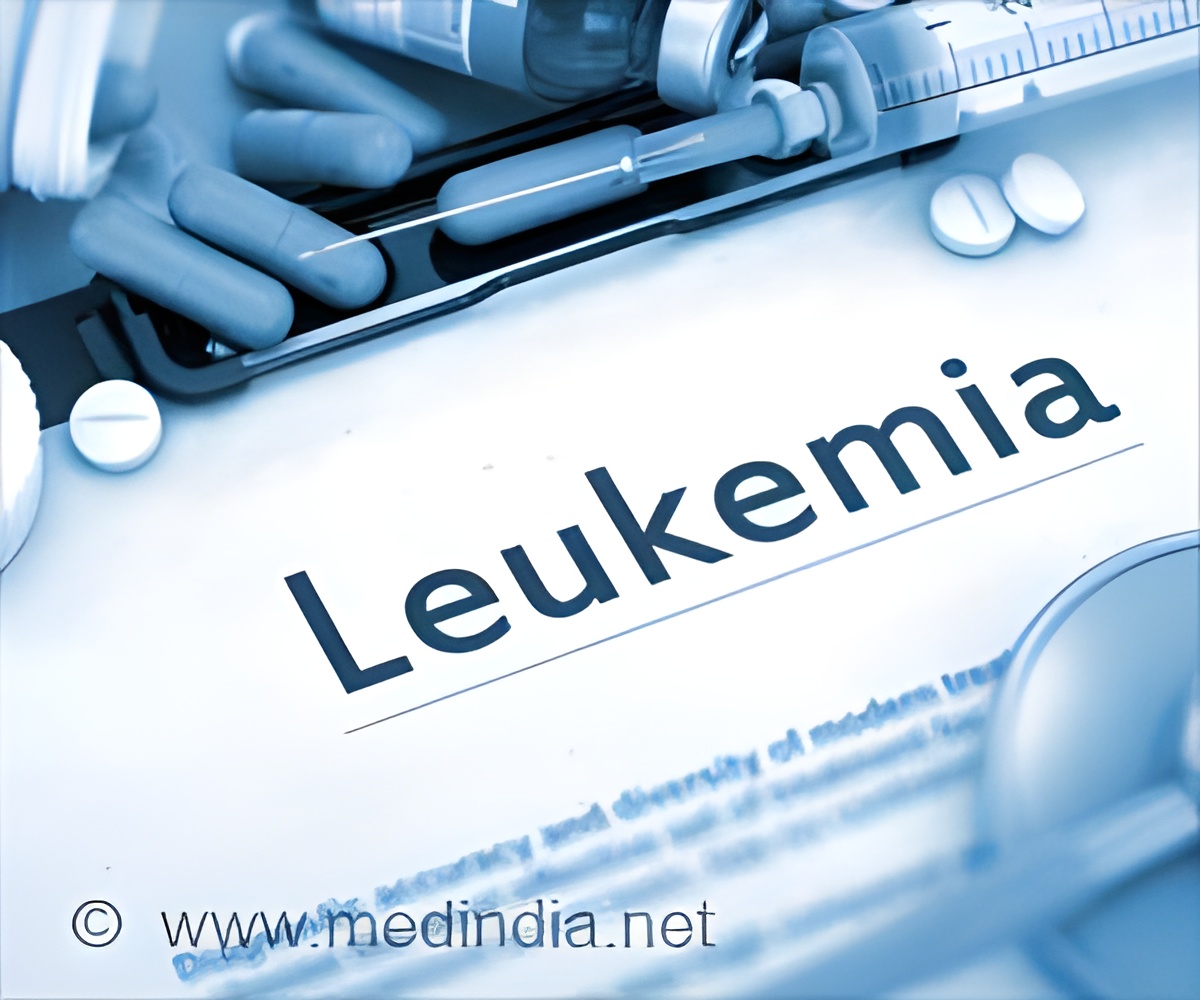
Domestic radon exposure and childhood cancer risk by site and sex in 727 counties in the United States, 2001–2018
Go to source).
What is Radon
Radon, a naturally occurring gas, is a product of the radioactive decay of uranium, which is present in certain rocks and soils. Upon escaping from the ground, radon itself decays and emits radioactive particles that can get within the body and collect in many tissues, where they can damage or destroy the cells’ DNA, which can cause cancer.‘New study links #radon gas, even at low levels, to increased risk of childhood #leukemia. Is there something in our homes that could be putting our kids at risk? #childhoodcancer’





Odorless, tasteless, and colorless, radon gas dilutes quickly in open air and is generally harmless before it decays, but indoors or in areas with poor air exchange, it can easily concentrate to dangerous levels and is recognized as a significant risk factor for lung cancer. Radon, measured with small, passive detectors and mitigated through passive or active ventilation in basements and crawl spaces, has not been linked to other cancers, according to the World Health Organization. But in an 18-year statistical modeling study of 727 counties spread among 14 states, Bozigar and collaborators not only found a connection between childhood leukemia and radon, but at concentrations below the Environmental Protection Agency’s recommended guideline for mitigation.
Becquerels per cubic meter is a unit for expressing the concentration of radioactive decay in a given volume of air. The EPA says no level of radon is safe and advises that mitigation efforts be taken when radon concentration reaches 148 becquerels per cubic meter; the study considered concentrations as low as half of that.
“This is the largest study of its kind in the U.S., but more robust research is necessary to confirm these findings on an individual level and inform decision-making about health risks from radon in this country and globally,” said Bozigar, an assistant professor in the OSU College of Health.
Leukemia: Fresh Insights
Leukemia, the most common cancer in children, affects the blood and bone marrow. About 3,000 new cases of childhood leukemia – defined in the study and by the National Institutes of Health as involving patients up to age 19 – are diagnosed in the United States each year, according to the NIH. The annual incidence rate is 4.8 cases per 100,000 children.Advertisement
“Our study design only allows us to identify statistical associations and to raise hypotheses, so studies that can better determine whether radon exposure causes childhood leukemia are needed,” Bozigar said.
Collaborating with Bozigar were scientists from the National Cancer Institute, Harvard University and Imperial College London. The research, funded in part by the Environmental Protection Agency, was published in Science of the Total Environment.
For Bozigar, the research has its roots in personal experience. He grew up in Portland, which has pockets of high radon levels, and noticed what seemed to be a high incidence of cancer, particularly in younger age groups. There were multiple cancer diagnoses among his own family and friends.
“As an epidemiologist, I started considering possible environmental causes and connected with awesome collaborators who provided important data and other resources to enable innovative new analyses,” he said. “We are working on many different radon studies, and we are continuing to find harmful effects not limited to the lungs in adults. We will have more to share in the coming months and years as our studies are published.”
Reference:
- Domestic radon exposure and childhood cancer risk by site and sex in 727 counties in the United States, 2001–2018 - (https://linkinghub.elsevier.com/retrieve/pii/S0048969724064441)



